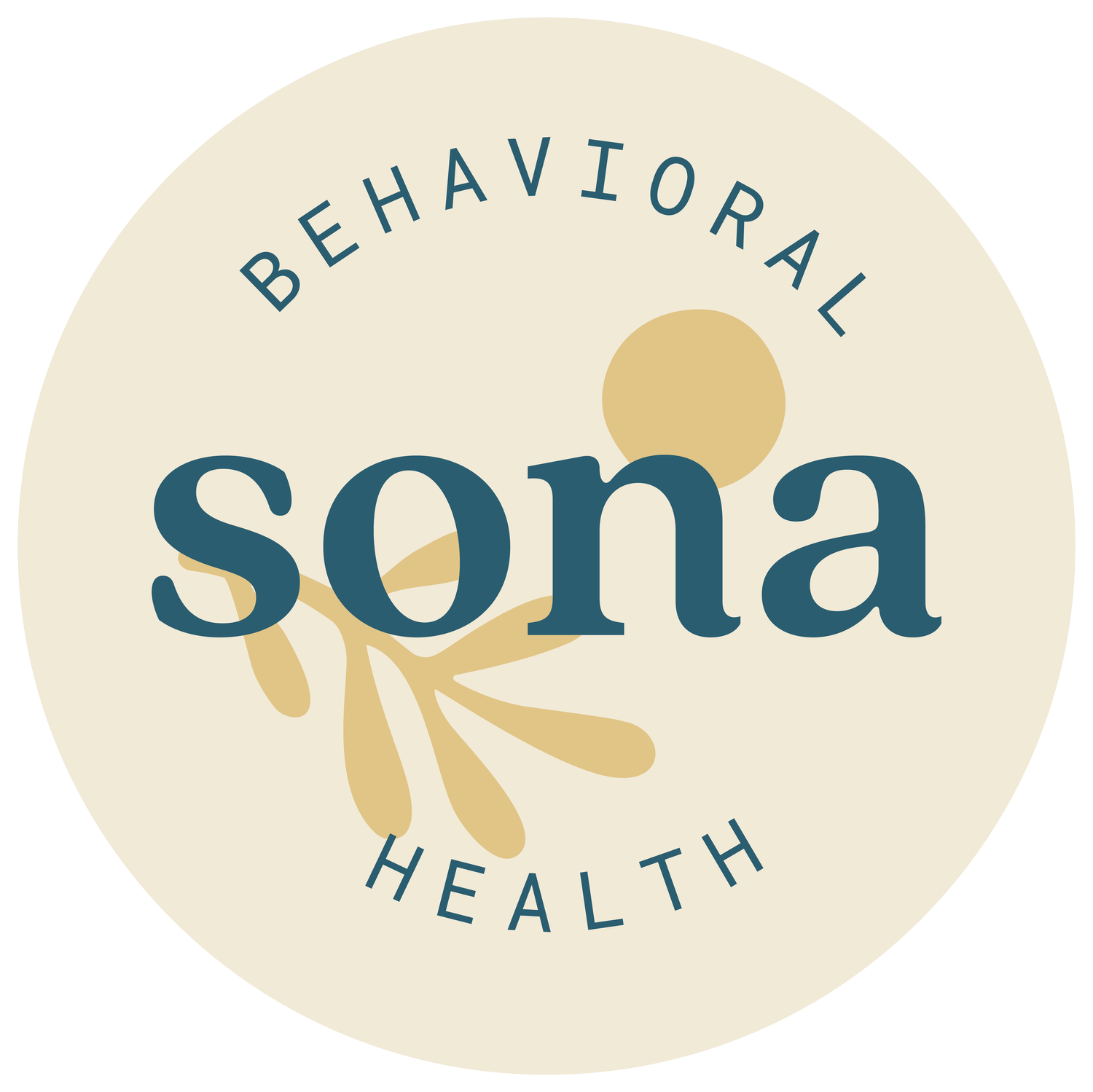Holistic Practices That Go Great with Therapy
As I traditionally-educated mental health practitioner my learnings stemmed from researched-backed studies with a strong focus on Western medicine. I’m a major proponent of this approach to education. It’s of utmost importance that we have science-backed research in how we treat patients and there’s major benefits to combining drugs like anti-depressants, mood stabilizers, and anti-anxiety meds, with talk therapy. But a downside of this approach is that we tend to ignore the ancient, holistic, and (commonly) Eastern practices. These practices have been used for centuries to manage everything from chronic pain, to disease, and just day-to-day wellness. When used alongside modern medicine, the powers of these treatments can have massive benefit. Here are some of my favorite practices I suggest clients try outside of the talk therapy space:*
Acupuncture: This traditional Chinese method uses needles placed on strategic points to alleviate pain, stress, and chronic mental and physical health issues. It’s supported by major Western medical organizations and a wonderful way to boost all the work one does in therapy. Find a qualified acupuncturist near you**: https://www.nccaom.org/about-us/why-choose-national-board-certified-practitioner/
Cold/Hot Therapy: This practice has been used across the world from ancient Greece to current day Nordic and Scandinavian countries. It involves submerging yourself in (very!) cold water, and then dipping in hot water or a sauna, then repeating the cycle. Not only can this increase circulation and decrease inflammation, quick temperature changes can decrease anxiety and panic symptoms and help with mental clarity. Search for “sauna”, “nordic cycle”, or “viking bath” near you: https://hellogoodland.com/blogs/news/hot-and-cold-water-therapy
Sound Baths: I’ve already written about the benefits of mindfulness on this blog, but forgot to mention a key component to it: sound. The deeply relaxing Sound Bath has roots in Tibet, India, Egypt, and Greece (to name a few). The sound healer usually uses a combination of Tibetan singing bowls, chimes, gongs, and other instruments to create an immersive sound that helps calm the nervous system and enhance meditation and relaxation. Many spas and other local practitioners now offer sound bath experiences .
Aromatherapy and Breath work: Our sense of smell has the incredible power to bring back memories, help with physical ailments, and relieve stress, so it’s no wonder that aromatics have been used throughout human history for various purposes. When combined with breath work, aromatherapy can have great benefits. There’s no “wrong” way to experience aromatics: you can purchase essential oils and use a diffusers, or make your own via simmer pots on your stove. Have fun experiencing with different smells and see what happens—even holistic medicine can be treated like a fun science experiment.
*An important note on cultural considerations: Please always be culturally conscious while exploring these practices. That can include researching the history of each practice, choosing to work with culturally-competent practitioners, honoring the wishes and requests of the culture where the practice originated, and practicing humility, openness, and awareness of one’s own worldview. Thank you for reading!
**An important note on medical advice: The information in this blog is not be intended as medical advice for individuals. Please speak with your doctor or a qualified practitioner on the potential risks and benefits of any treatments.




